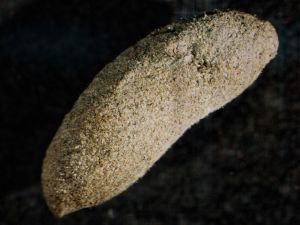Prehistoric ecological impacts of Pacific rat
Using newly discovered coprolites to study the diets of New Zealand's first invasive mammal

Our team will study aDNA, pollen, seeds, feathers and parts of invertebrates and plants from newly discovered kiore (Pacific rat) coprolites (preserved dung) found in rock crevices in Central Otago. We will also seek out other sites of kiore coprolites in the North and South Islands.
The kiore was the first and only exotic mammal to naturalise in New Zealand in the 500 years before European settlement. With the discovery of these coprolites the complete history of a rat invasion can be reconstructed, right back to the kiore’s arrival with Māori in the 13th century.
By analysing DNA in ancient kiore dung, we will find out what these invasive rats were feeding on (e.g. birds, reptiles, amphibians, invertebrates, plants). Radiocarbon dating will reveal how the diet of these rats, and their impact on vulnerable animals and plants, changed over time.
Other questions addressed will include what the role kiore played in seed predation and dispersal, and whether rat predation contributed to the extinction of large animals such as the moa.
This project will provide a global benchmark for understanding prehistoric island invasions and rat impacts on a pristine island ecosystem.
Key contact
 Janet Wilmshurst
Janet Wilmshurst
Key collaborators
Janet Wilmshurst (Landcare Research) Jamie Wood (University of Adelaide) Prof George Perry (University of Auckland)
Funders
Royal Society of New Zealand Marsden Fund

